Childhood, teaching, learning
Primates, and apes in particular, have a long developmental phase (relative to the total lifespan) compared to other mammals. Among other things, this seems to be related to the need for social learning. The more vital skills need to be learned in the course of development, the longer it takes to become independent, and the longer offspring will depend on their parents and others in their group. Therefore, among the species that have high social learning abilities, we can also observe a relatively long period of development.
Compared to other primates, we humans invest particularly a lot in our offspring – for a very long time children depend on the adults around them, and they have plenty of time to learn. And not only the parents, but many other people in their environment take care of them, teach them things, and provide for them. Childhood and youth, social learning and teaching seem to play an important role in our species.
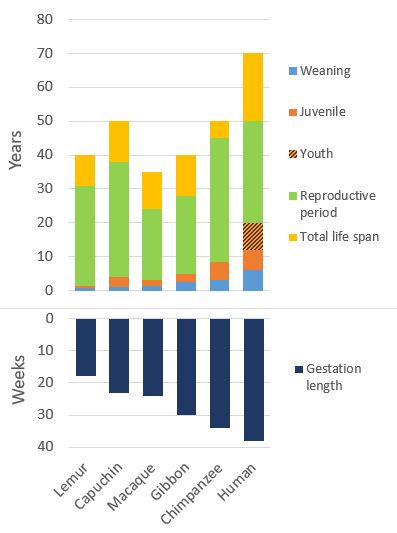
Source: adapted from Zimmerman, E. & Radespiel, E. (2007). p. 1166.
The psychologist Alison Gopnik studies the learning capabilities of infants and small children.
In this vdeo she talks about the evolution of childhood, the relationship between childhood, learning and flexibility, and what her lab found out about the way children learn about the world.
Imitation in humans and other apes
Apes (and many other species of animals) acquire and transmit many behaviors through social learning throughout their lives. But how different is the ability for social learning between humans and their closest relatives? Do we have similar abilities as other apes? Or has this ability changed in the course of human evolution? And if so, why? Many anthropologists are investigating these questions.
In a series of experiments, researchers at the University of Texas wanted to find out the degree to which children and chimpanzees mimic someone else’s actions, even if the actions are obviously irrelevant to solving a problem.
Results of these experiments give us an indication about importance of imitation and teaching in our species.

Imitation in chimps and children (Video, Experiment)
A series of experiments to explore the tendency to imitate in children and chimpanzees
“If you raised a child on a desert island with no social context, no teaching, not any contact to humans, their intelligence as an adult would be very similar to that of other apes. It'd be a little bit different, but [human children] have evolved to learn from others, and to communicate with others, and to collaborate with others. And if there was no one there, and no culture and no tools and no language, then that naturally human intelligence just wouldn't develop.
Fish are born expecting water, they’ve got fins and gills, and humans are born expecting culture."
Childhood, social learning, and human evolution
“[O]ur unique evolutionary trick, our central adaptation, our greatest weapon in the struggle for survival, is precisely our dazzling ability to learn when we are babies and to teach when we are grown-ups.”
Gopnik, Meltzoff & Kuhl (2000), p. 8
In the course of human evolution, the long development phase that is typical of primates extended even further. The functions of the cerebral cortex, especially learning and flexibility, have become increasingly important for the survival of our ancestors. So a big brain, despite its high energy consumption, had an ever greater benefit. A larger brain required a larger brain skull. This led to challenges in the development and birth of the fetus: the development of the fetus in the womb took longer, required much more energy from the mother, and the birth canal became ever narrower for childbirth. The pelvis, however, could not adapt to this by becoming wider, because it had to remain narrow in the course of evolution as an adaptation to upright walking – in evolution, there are many examples of such trade-offs between traits.
Some anthropologists suppose that one way to circumvent this “bottleneck”, a compromise solution, was an earlier birth. Infants whose heads fit through the birth canal, who nevertheless developed a large brain in their early years, and who were able to quickly and efficiently acquire important behaviors through social learning, had higher chances of survival and reproduction than other children and passed these traits on to their descendants in the next generation.
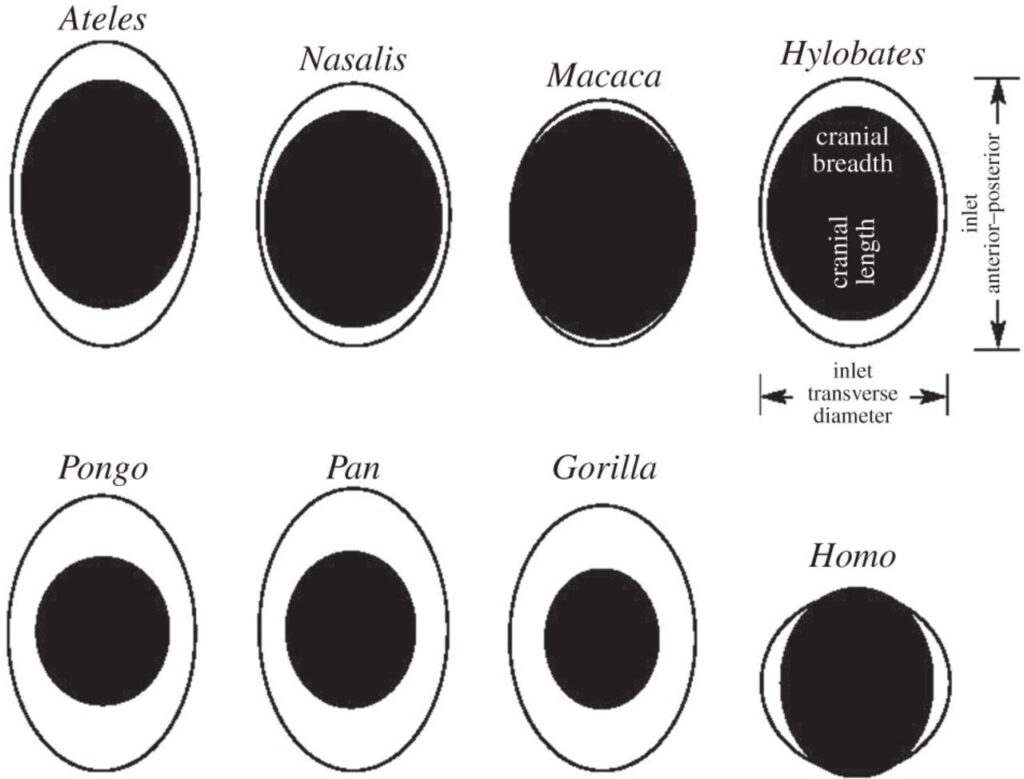
A premature birth of children meant that offspring had to continue a longer part of their development outside the womb. In addition, more and more vital skills, such as making more complex tools and foraging, had to be learned by children. All this required an extension of the childhood and adolescent phase, which takes much longer in humans than in other primates. In this phase, the child, as well as the breastfeeding mother, had to be given sufficient energy, especially for the development of a relatively large brain during the first years of life. This required more intensive and longer childcare (a typical feature of K-strategists) involving several other adults in the group in addition to the parents. During this time, it was important for children to learn quickly and efficiently from the elders around them. Those groups in which children learned vital skills faster, more efficiently, and by having access to several role models, members had higher chances of survival and reproduction than in other groups. Skills and motivations for social learning and teaching thus also spread through natural selection in the populations of our ancestors.
see also: Pointing and shared attention, Cumulative culture
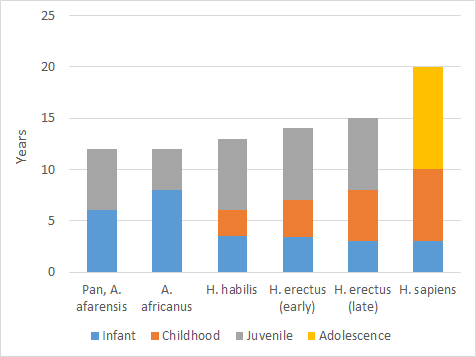
Source: adapted from Bogin (1997)
Of course, like many ideas in evolution science, not all scientists agree that it was the size of the pelvis that drove a prolonged childhood. Some now argue that it may have been more about the selection pressures of living in increasingly cooperative social groups that would have favored such developmental shifts. The video to the left describes some of the foundational science that informs this view.
Regardless of the specifics, it is likely to be a complex set of factors the drove the overall evolutionary trajectory of our species. Use our causal mapping tools (see below) to think about what kinds of evidence support which causal claims!

Reading text – Evolution of childhood
A reading text and causal mapping tasks on the (co)evolution of brain size, childhood, premature birth, cooperative childcare and social learning and teaching
Causal map: evolution of prolonged childhood, social learning and cooperative child care
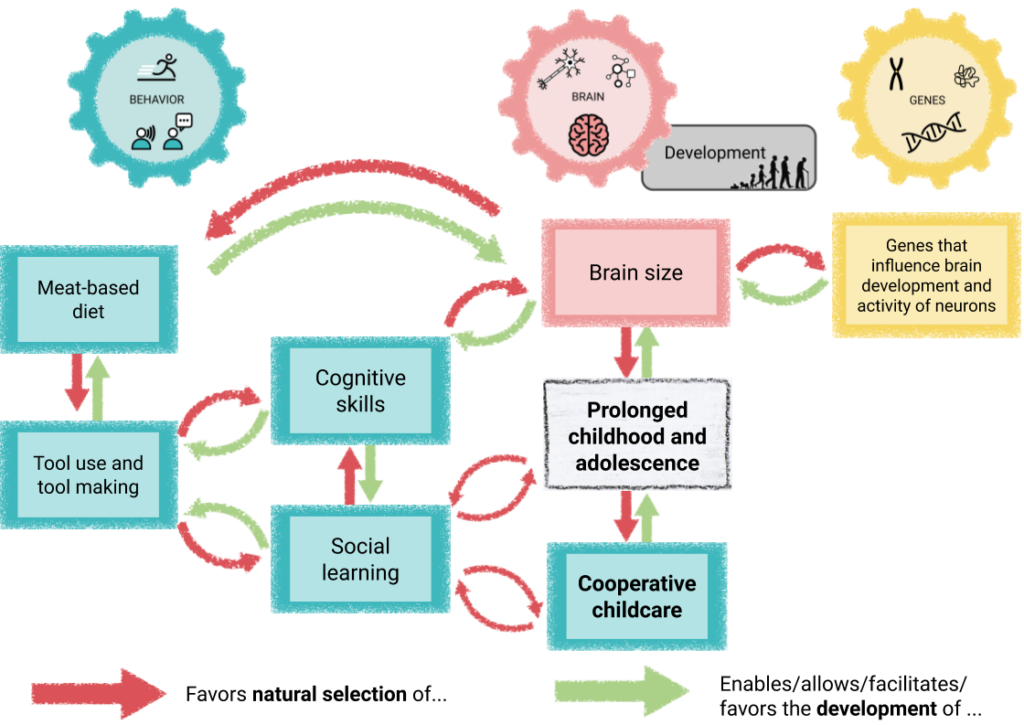
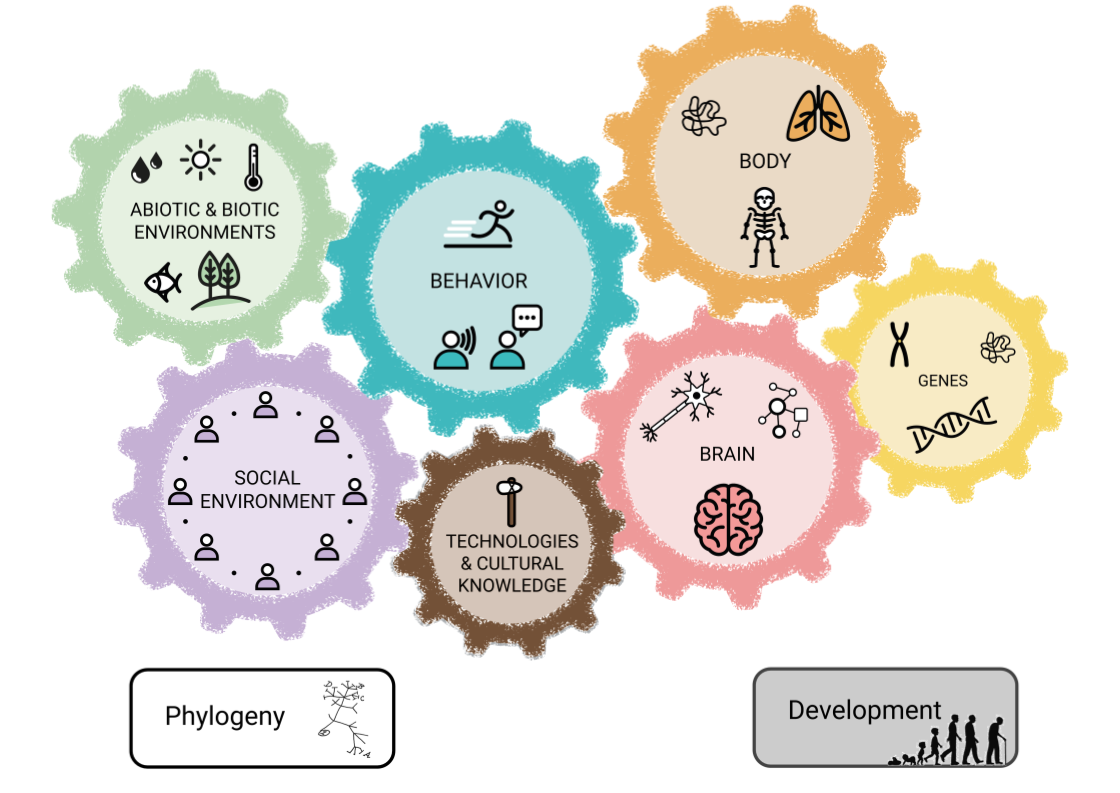
Causal maps on the evolution of human traits
All causal maps on human evolution in one Google slide file
Baby schema
When we look at faces of babies and young animals, we usually get a nice, warm feeling and an urge to cuddle and take it in the arms.
This happens automatically in our body, without our conscious will. Our body responds to the stimulus or external environmental influence “baby face” by releasing certain hormones that prepare the body for certain actions. We perceive these bodily reactions as certain sensations, feelings, and an urge to act. Biologists call this stimulus and the associated reaction “baby schema”.
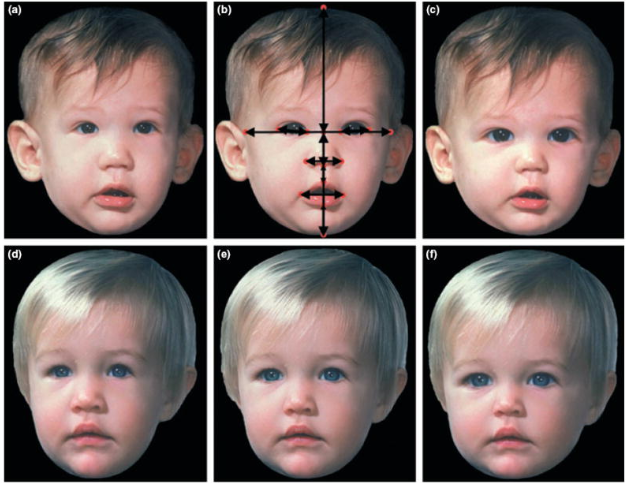
Image source: Glocker et al. (2009), https://dx.doi.org/10.1111%2Fj.1439-0310.2008.01603.x
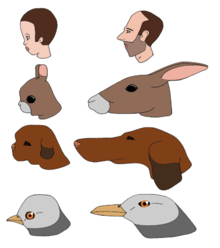
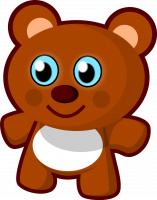

But why does this baby schema actually exist – why do baby faces look cute to us, and why does our body respond to them that way? To answer these questions of why, we must again consider whether this bodily appearance and the response to it could have had any functions (or at least no detrimental consequences) for the survival and reproduction of our ancestors.
- What functions for survival and reproduction could there have been for young animals/hominins to have an appearance that arouses an urge to care for it in the adults around them?
- What functions for survival and reproduction might there have been for adults to show a caring response to certain appearances of their own and the offspring of others?
Because of these functions, both traits- the outward appearance of young ones, as well as the reactions of others to them – have spread in the course of evolution of mammalian species, including us humans. The natural selection of the baby schema is caused less by biotic and abiotic environmental conditions than by the social environment, that is the reactions of others in the group to the trait. In this case we speak of social selection, which is a specific kind of natural selection.
A peculiarity of the baby schema in humans is that we not only find our own babies cute, but also the babies of other, strange people, making us want to care for them (this is of course more or less pronounced among people). The advantage of this is that offspring are cared for and protected not only by parents but also by others in the group – cooperative child care.

Reading text – Baby schema
A reading text on the evolution of the baby schema together with cooperative child care
Causal map: Baby schema
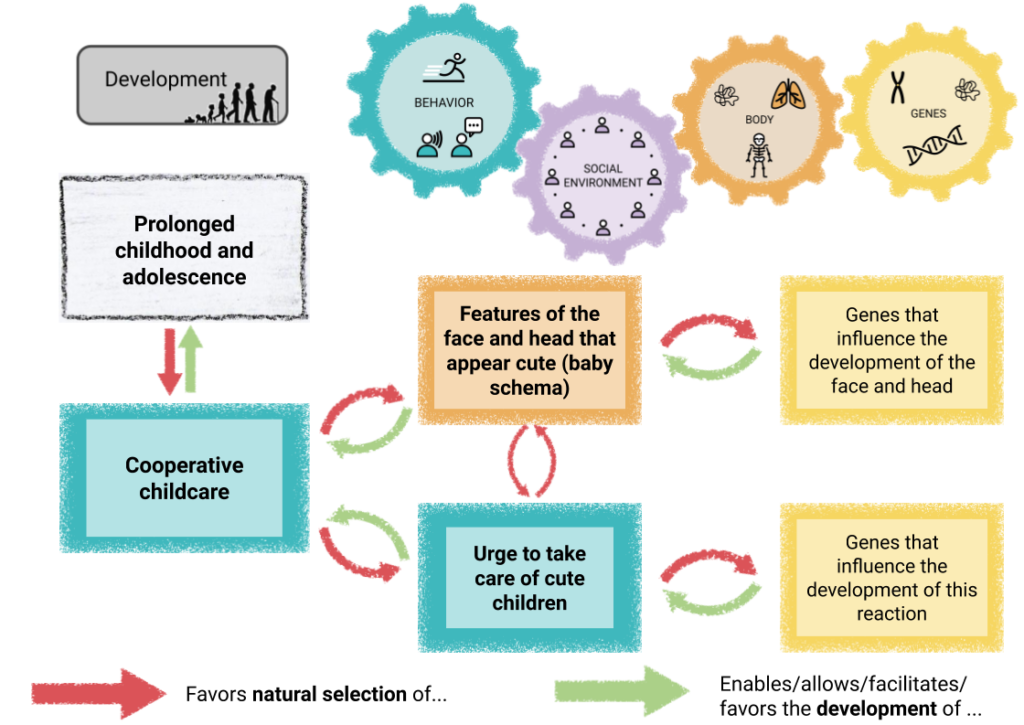
References
- Bogin, B. (1997). Evolutionary Hypotheses for Human Childhood. Yearbook of Physical Anthropology, 40, 63–89. https://onlinelibrary.wiley.com/doi/abs/10.1002/%28SICI%291096-8644%281997%2925%2B%3C63%3A%3AAID-AJPA3%3E3.0.CO%3B2-8
- Burkart, J. M., Hrdy, S. B., & van Schaik, C. P. (2009). Cooperative Breeding and Human Cognitive Evolution. Evolutionary Anthropology, 18, 175–186. https://doi.org/10.1002/evan.20222
- Glocker, M. L., Langleben, D. D., Ruparel, K., Loughead, J. W., Gur, R. C., & Sachser, N. (2009). Baby Schema in Infant Faces Induces Cuteness Perception and Motivation for Caretaking in Adults. Ethology , 115(3), 257–263. https://dx.doi.org/10.1111%2Fj.1439-0310.2008.01603.x
- Gopnik, A., Meltzoff, A. N., & Kuhl, P. K. (2000). The scientist in the crib. HarperCollins.
- Horner, V., & Whiten, A. (2005). Causal knowledge and imitation/emulation switching in chimpanzees (Pan troglodytes) and children (Homo sapiens). Animal Cognition, 8(3), 164–181. http://doi.org/10.1007/s10071-004-0239-6
- Morgan, T. J. H., Uomini, N. T., Rendell, L. E., Chouinard-Thuly, L., Street, S. E., Lewis, H. M., … Laland, K. N. (2015). Experimental evidence for the co-evolution of hominin tool-making teaching and language. Nature Communications, 6, 1–8. https://doi.org/10.1038/ncomms7029
- Reader, S. M., & Laland, K. N. (2002). Social intelligence, innovation, and enhanced brain size in primates. Proceedings of the National Academy of Sciences, 99(7), 4436–4441. https://doi.org/10.1073/pnas.062041299
- Street, S. E., Navarrete, A. F., Reader, S. M., & Laland, K. N. (2017). Coevolution of cultural intelligence, extended life history, sociality, and brain size in primates. Proceedings of the National Academy of Sciences, 114(30), 7908–7914. https://doi.org/10.1073/pnas.1620734114
- Trevathan, W. (2015). Primate pelvic anatomy and implications for birth. Philosophical Transactions of the Royal Society B: Biological Sciences, 370(1663). https://doi.org/10.1098/rstb.2014.0065
- Zimmerman, E. & Radespiel, E. (2007). Primate Life Histories. In: Henke, W., Tattersall, I., & Hardt, T. Handbook of Paleoanthropology. Berlin: Springer.

